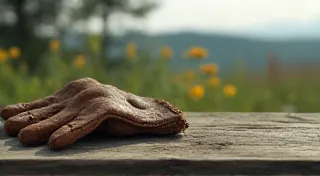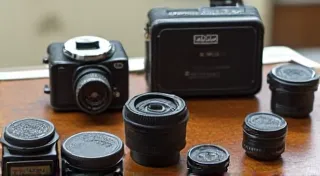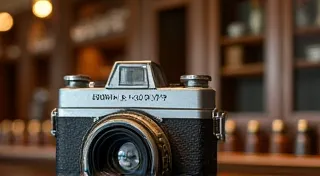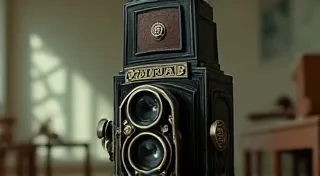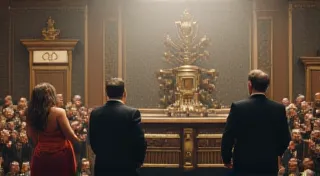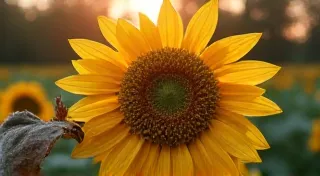Advanced Brownie Photography Techniques
Exploring advanced techniques for capturing unique images with vintage Brownie cameras.
The Brownie camera. A name synonymous with accessible photography, a gateway for millions to experience the magic of capturing moments. While often associated with simple snapshots, the humble Brownie offers surprising potential for creative exploration, even by today’s standards. Beyond basic point-and-shoot operation, a deeper understanding of its limitations and a few clever adjustments can unlock truly unique and artistic results. This article delves into advanced photography techniques specifically tailored for Brownie cameras.
For those captivated by the history and legacy of these cameras, it’s fascinating to consider how their design and marketing shaped our perception of photography itself – a topic explored in detail in articles like Original Brownie Camera Advertising and Packaging.
Understanding the Limitations: Your Creative Foundation
Before pushing boundaries, it’s crucial to acknowledge the Brownie's inherent limitations. The fixed focus, simple leaf shutter, and often unpredictable exposure can seem frustrating. However, these limitations are the very source of the Brownie's charm and provide the foundation for advanced techniques.
- Fixed Focus: Accept that sharp focus isn’t always achievable. Embrace the dreamy, soft focus aesthetic often produced. Use this to your advantage by focusing on textures, abstract shapes, or creating a sense of dreamlike ambiguity.
- Leaf Shutter Speed: Brownies typically have a single shutter speed (around 60-120 seconds depending on the model). This limits your options for action shots but encourages deliberate composition and long exposures.
- Exposure Control: The simple shutter and aperture combinations offer limited control. Learn to estimate exposure through experimentation and embrace the unexpected.
Long Exposure Photography: Painting with Light
The Brownie's slow shutter speed opens a world of long exposure possibilities. This isn't about simply taking longer to click the shutter; it's about *using* the time to create effects.
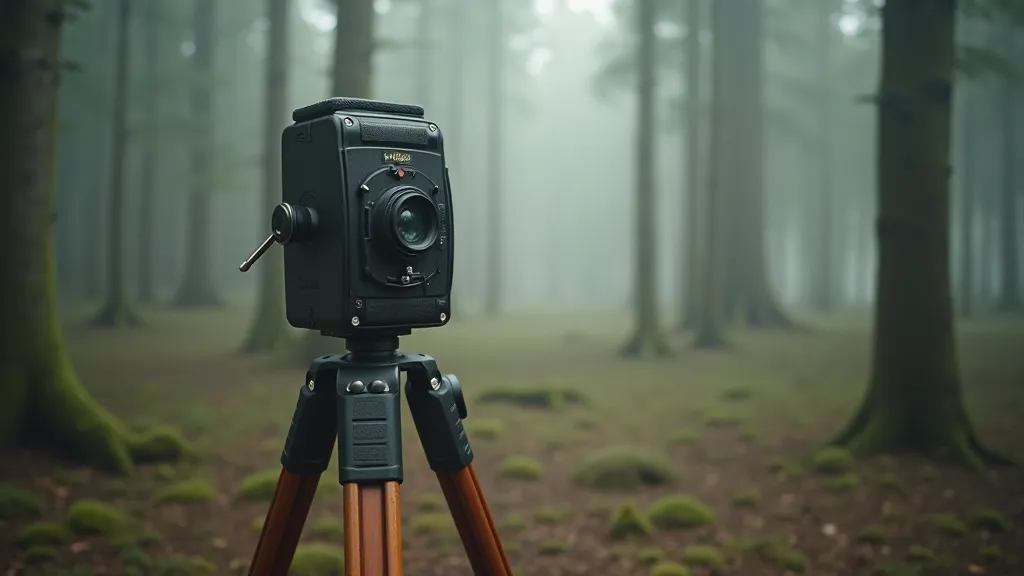
- Light Trails: Capture the trails of headlights or streetlights at night. Stabilizing the camera (a tripod is almost essential) is key.
- Motion Blur: Intentionally blur moving subjects like water or trees to create a sense of dynamism.
- Light Painting: Use a flashlight or other light source to "paint" designs or patterns into the scene during a long exposure.
Experimenting with Aperture and Bellows Extension
While many Brownies have a fixed aperture, understanding bellows extension (the distance between the lens and the film plane) can subtly alter perspective and depth of field.
Extending the bellows (often achievable by gently pulling the front of the camera) effectively decreases the apparent aperture. This results in a shallower depth of field and a slightly softer image. It’s a simple trick to enhance the dreamlike quality characteristic of Brownie photography. For those interested in the nuances of different Brownie models and their respective film formats, Comparing Different Brownie Camera Film Formats offers a deep dive into the technical specifications.
Embracing Imperfections: The "Brownie Aesthetic"
Perhaps the most "advanced" technique is learning to fully embrace the Brownie's quirks. The uneven coating on vintage lenses, the light leaks, the unpredictable exposure – these aren’t defects; they’s characteristics.
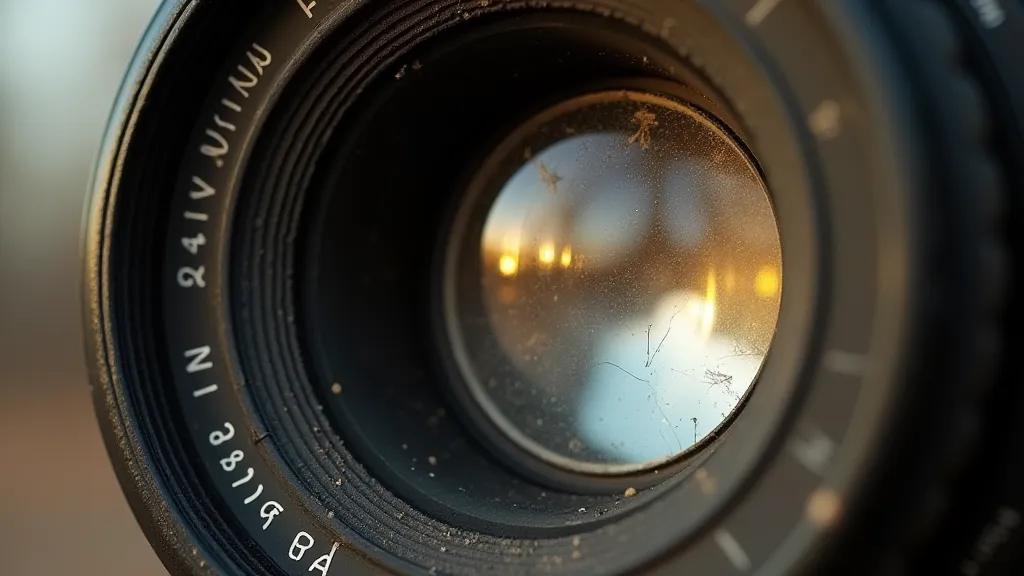
Don't fight these imperfections; celebrate them! Experiment with different film stocks (consider slower films for more pronounced effects) and shooting environments to accentuate these unique qualities. The way these cameras were marketed, and the subsequent rise of nostalgia surrounding them, is a fascinating study in its own right.
Film Choice: Expanding Your Creative Palette
The film you use significantly impacts the final result. While modern color negative film works, exploring vintage film stocks – often with unique contrast and grain – can unlock even more character. Experiment with:
- Slow Films: Films with lower ISOs (e.g., ISO 50 or less) are more forgiving in terms of exposure estimation but require longer shutter speeds.
- Expired Film: Use with caution! Expired film can produce unpredictable colors and contrast, but often creates stunning and atmospheric results. The careful preservation of fleeting moments is a key theme in photographic storytelling, a concept beautifully illustrated by The Echo Bloom: Brownie Cameras and the Preservation of Transient Moments.
- Black and White Film: Brownies can produce surprisingly beautiful black and white images, often highlighting textures and tones.
Composition and Storytelling with Limitations
The fixed focus and limited exposure range force you to be deliberate about composition. Think about:
- Foreground Interest: Since sharp focus is unlikely across the entire scene, use interesting foreground elements to draw the viewer's eye.
- Simplicity: Avoid clutter and focus on a single, strong subject.
- Abstract Composition: Embrace abstract shapes and patterns, rather than striving for realistic representation.
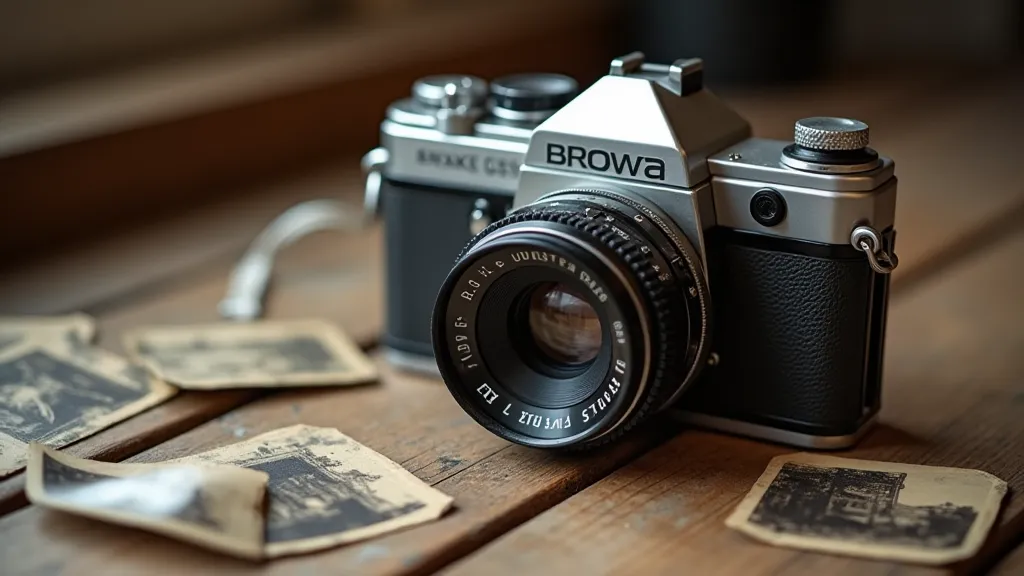
Beyond technical skill, mastering the Brownie requires a different mindset. It’s about accepting limitations, finding beauty in imperfections, and capturing the essence of a moment rather than striving for technical perfection. The story of the Brownie camera is inseparable from its design; the seemingly simple mechanism led to a new understanding of how cameras could be accessible to the masses.
Consider the impact of this camera on the world, and how it captured the simple joys of a moment in time. Perhaps the most powerful element of Brownie photography is its ability to evoke nostalgia and create a sense of shared experience. It is a machine designed to remind us that some of the most treasured memories come from the simplest moments.
The Brownie's lasting impact on photography, and the collective imagination, is more than just a series of images. It’s a legacy of accessible creativity, a reminder that extraordinary art can be born from humble beginnings. And for those delving into the intricate details of specific Brownie models, it’s worth remembering the differences between those that use 616 film versus the 124 format, a discussion that can be found in The Brownie Six: A Larger Format Brownie.
Mastering advanced Brownie photography isn’t about overcoming its limitations; it's about understanding them and creatively leveraging them. It’s a journey of experimentation, embracing imperfections, and discovering the unique beauty that can be found in the most unassuming of cameras.
